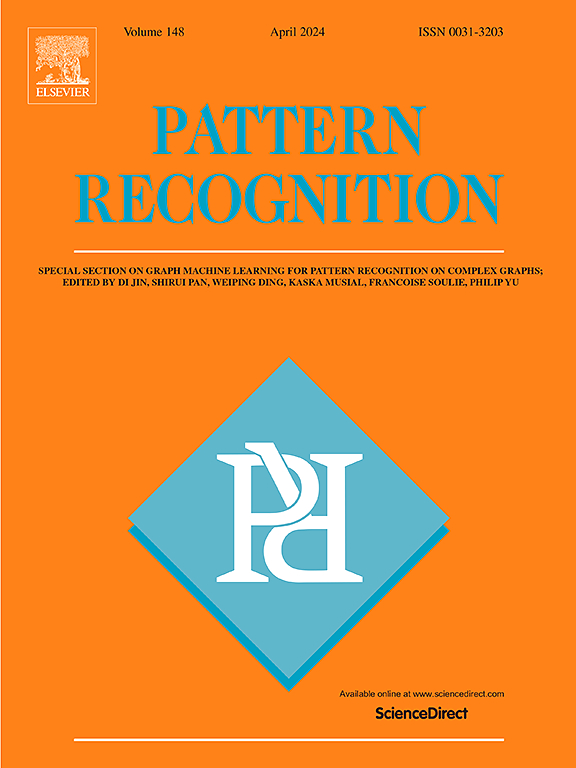变分自编码器中具有因果效应传递的解纠缠表征学习
IF 7.6
1区 计算机科学
Q1 COMPUTER SCIENCE, ARTIFICIAL INTELLIGENCE
引用次数: 0
摘要
变分自编码器(VAE)中的解纠缠表示学习已经成为一种从可观察数据中识别和解纠缠潜在因素的策略,以提高图像、语音和生物信号等识别能力。现有的解纠缠方法大多基于潜在变量相互独立的先验假设,这与现实不符,无法在因果节点之间传递因果效应。为了解决上述问题,我们引入了一种新的具有因果效应传递的解纠缠表示学习模型,称为drllet。drllet的主要思想包括:(1)将编码的潜在外生变量映射到因果变量,并通过构建的非线性/线性结构因果模型(SCM)更新因果结构;(2)从判别器设计层次特征损失来取代变分自编码器中的像素级损失,从而有效地提取因果特征;(3)利用图注意网络(GAT)对相邻节点的因果信息进行聚合,并对因果效应的传递进行干预。广泛的理论分析和对合成和真实数据集的实证研究证明了我们的drllet相对于最先进的技术的有效性、可行性和优越性。我们的代码可以在https://github.com/youdianlong/DRLCET.git上公开获得。本文章由计算机程序翻译,如有差异,请以英文原文为准。
Disentangled representation learning with causal effect transmission in variational autoencoder
Disentangled Representation Learning in variational autoencoder (VAE) has emerged as a strategy to identify and disentangle underlying factors from observable data to improve recognition capabilities such as images, speeches, and biological signals. Existing disentanglement methods are mostly based on the prior assumption that latent variables are mutually independent, which is inconsistent with reality and fails to transmit causal effects among causal nodes. To address the above issues, we introduce a novel disentanglement representation learning model with causal effect transmission, named DRL. The main ideas of DRL involve (1) mapping encoded latent exogenous variables to causal variables and updating the causal structure by a constructed nonlinear/linear structural causal model (SCM), (2) designing hierarchical feature loss from discriminator to replace pixel-level loss in variational autoencoder for efficiently extracting causal features, and (3) aggregating causal information from adjacent nodes by a graph attention network (GAT) with intervention for transmitting causal effects. Extensive theoretical analyses and empirical studies on synthetic and real datasets demonstrate the effectiveness, viability, and superiority of our DRL over the state-of-the-arts. Our code is publicly available at https://github.com/youdianlong/DRLCET.git.
求助全文
通过发布文献求助,成功后即可免费获取论文全文。
去求助
来源期刊

Pattern Recognition
工程技术-工程:电子与电气
CiteScore
14.40
自引率
16.20%
发文量
683
审稿时长
5.6 months
期刊介绍:
The field of Pattern Recognition is both mature and rapidly evolving, playing a crucial role in various related fields such as computer vision, image processing, text analysis, and neural networks. It closely intersects with machine learning and is being applied in emerging areas like biometrics, bioinformatics, multimedia data analysis, and data science. The journal Pattern Recognition, established half a century ago during the early days of computer science, has since grown significantly in scope and influence.
 求助内容:
求助内容: 应助结果提醒方式:
应助结果提醒方式:


